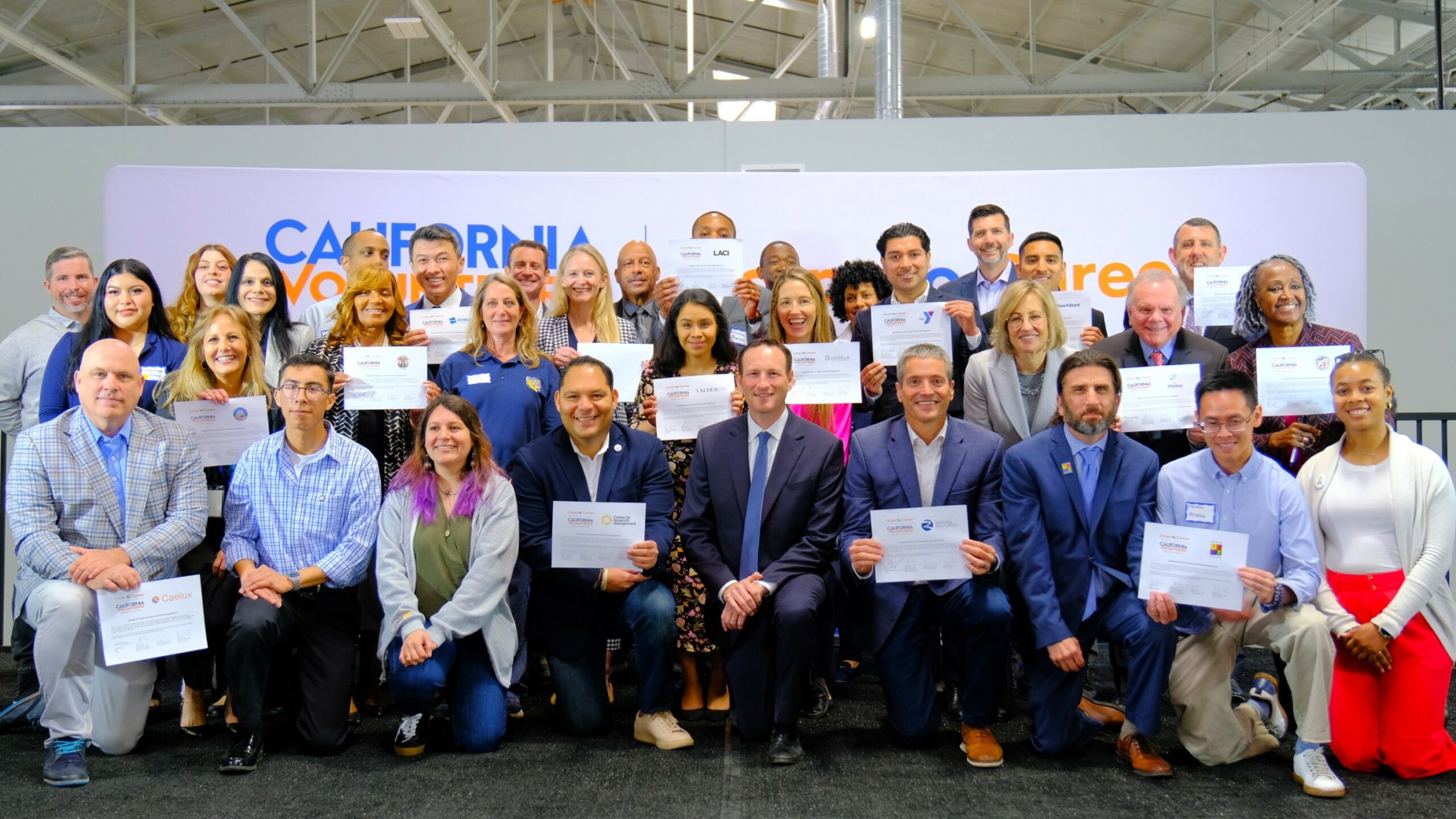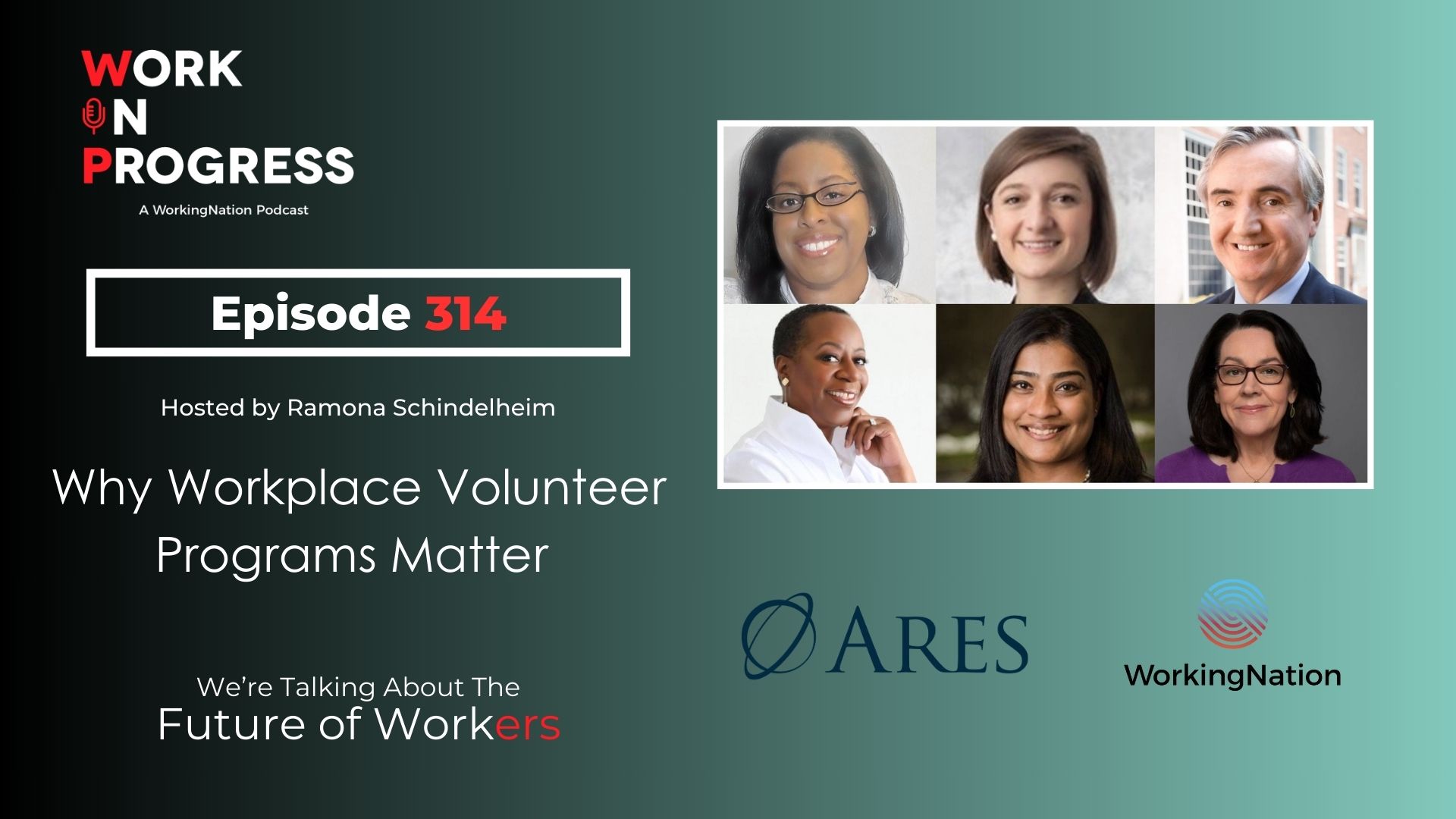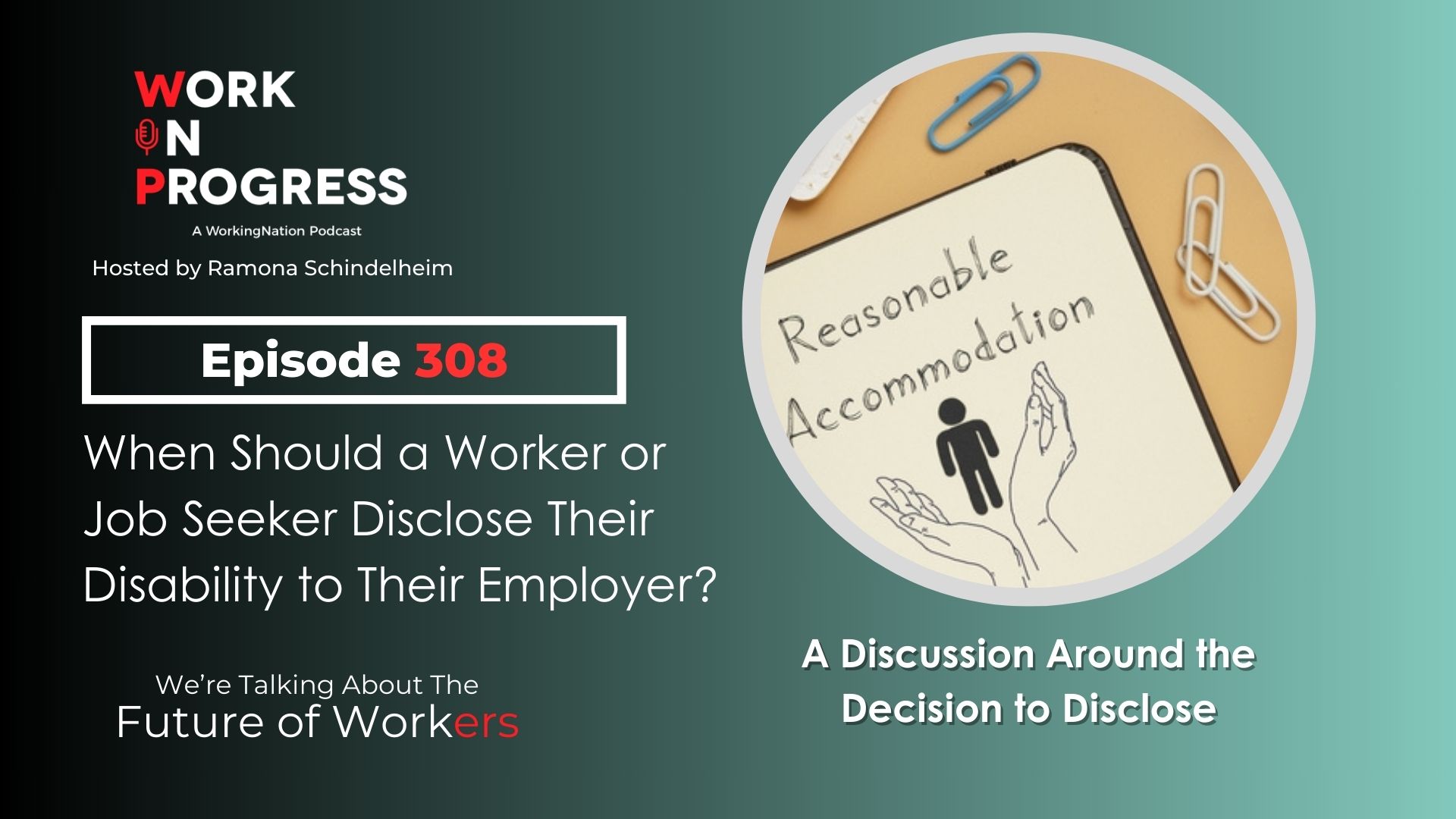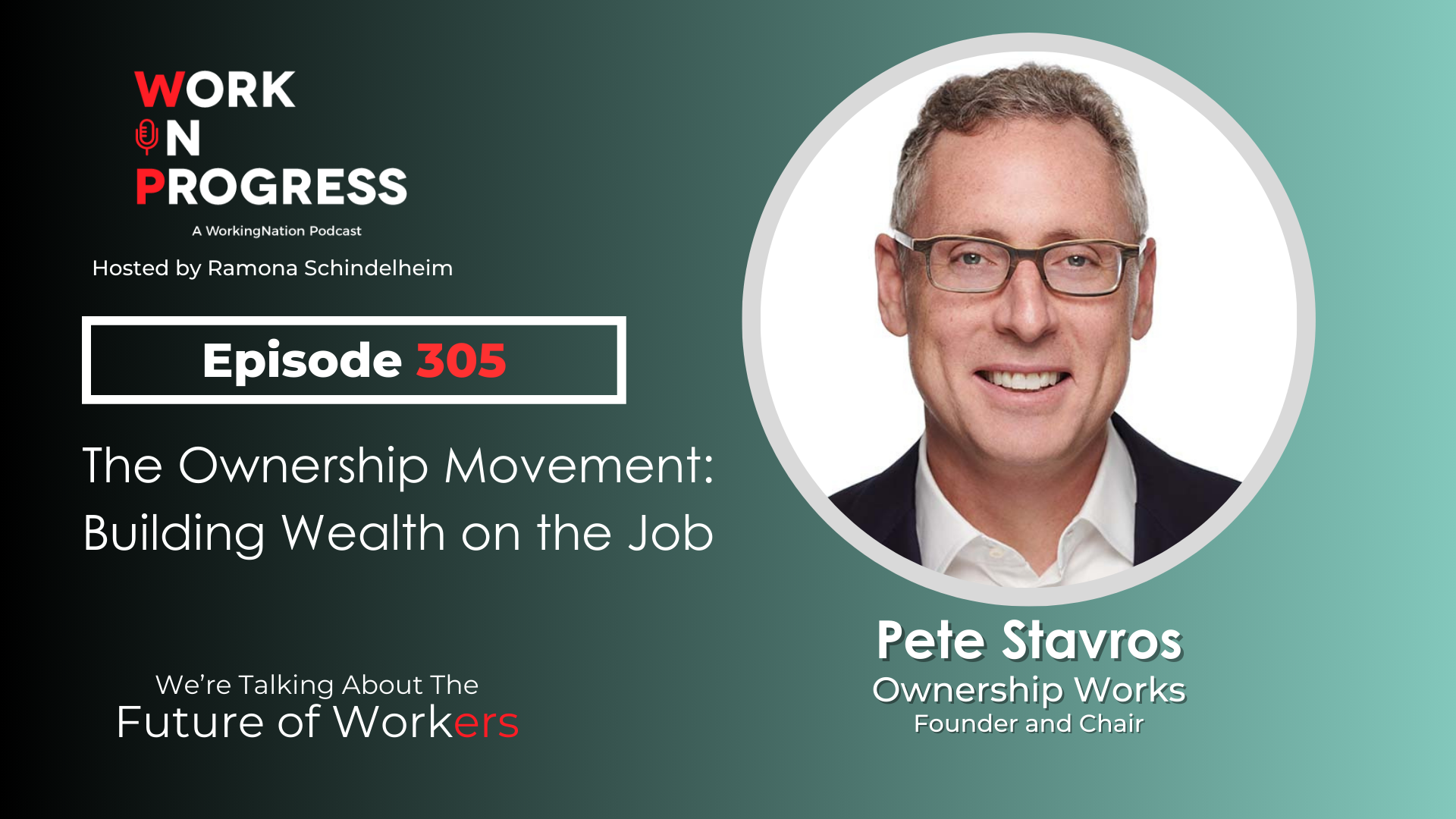
It’s a matter of Gravity.
And by that, I mean the movie Gravity starring Sandra Bullock and George Clooney.
It will help to see the entire movie if you can, but at the very least I will ask you to check out the links to various clips in this article.
But let me back up and make the connection between your structurally displaced workers and the movie.
In the movie, Bullock plays astronaut Ryan Stone and Clooney plays an astronaut and mentor Matt Kowalski. The back story is that Ryan had a child die and threw herself into being an astronaut to get away from the gravitational pull of unendurable grief.
Ryan and Matt are part of a space mission when their space shuttle is hit by debris and the rest of the crew perishes in the catastrophe.
Now for the parallels to your displaced workers.
Imagine that like Ryan and Kowalski, these workers have a job, a place to go to every day, an income that can help them support their families and themselves.
And then rather abruptly these workers’ future is torn away from them by technology, restructuring, a demand for skills they just don’t have and don’t believe they can learn.
In the movie, Ryan doesn’t immediately plummet into discouragement and despair, because she is tethered to her mentor, Matt. As long as she is tethered to him, she believes he will somehow get her through. But there reaches a point where Matt, literally tethered to Ryan, cuts her loose so that at least she can live.
After Matt cuts Ryan loose without his guidance and without her feeling confident she can make it, she goes into free fall and the remainder of the movie is her speaking to the fourth wall audience (us) about trying to survive.
Now consider some of your displaced workers who are not digital natives and between the ages of 40 and 65. Without a secure future and without confidence in themselves that they can learn the skills necessary to make it back to being employable, many of those workers go into free fall and become depressed, withdrawn and isolate themselves instead of reaching out for help.
Then imagine that whatever those workers try doesn’t work and that they become increasingly discouraged.
In the movie, Ryan reaches a low point and the pain is so awful she just wants to give up and die.
When she reaches that moment in the movie there is a famous scene where Ryan hallucinates Matt coming back into her capsule and reaches into her with humor (to show that she’s not a burden), playfulness (to distract from all the negativity and demonstrate and air of “hey, no need to panic”), guidance and direction (where he points out to her a skill that she doesn’t think she has which can be repurposed to get her out of her dire situation).
In essence, Ryan imbues the hallucinated Matt with all the exact qualities that she needs to feel less alone, connected to, enjoyed, motivated, inspired and directed.
RELATED STORY: The CEO as Chief Empathy Officer
Even at that point, she doesn’t want to go on and still appears as if she wants to die. It’s then when Matt lowers the lights and empathically reaches in to empathize and comfort her in her despair. After he has connected with her in that way, Ryan feels less alone and is able to begin to listen to his motivational language.
At that point and the end of the video clip, and just before the hallucination ends, Matt says: “Hey Ryan… it’s time to go home.”
And that is when the story turns and Ryan starts to fight to get back on track and survive.
If you’re the boss, you may feel unskilled and unable to embody Matt Kowalski’s character.
However, just like Ryan, maybe it’s time to reach into yourself and repurpose and redirect the leader/mentor in you instead of delegating/abdicating your responsibility to your loyal workers that you have to let go.
“Hey CEOs… it’s time for you to get back to leading and helping the workers you let go.”
Join the Conversation: Share your thoughts on Dr. Goulston’s latest article on our Facebook page.
Dr. Mark Goulston is an award-winning business psychiatrist, consultant for Fortune 500 companies and the best-selling author of seven books. His latest, Talking to Crazy: How to Deal with Irrational and Irresponsible People in your Life can be found on Amazon. Catch up on Dr. Goulston’s previous articles here.
Connect with Dr. Goulston through Facebook, Twitter, or LinkedIn. His books are available on Amazon. Check out his videos on YouTube or take advantage of free resources available at www.markgoulston.com.











